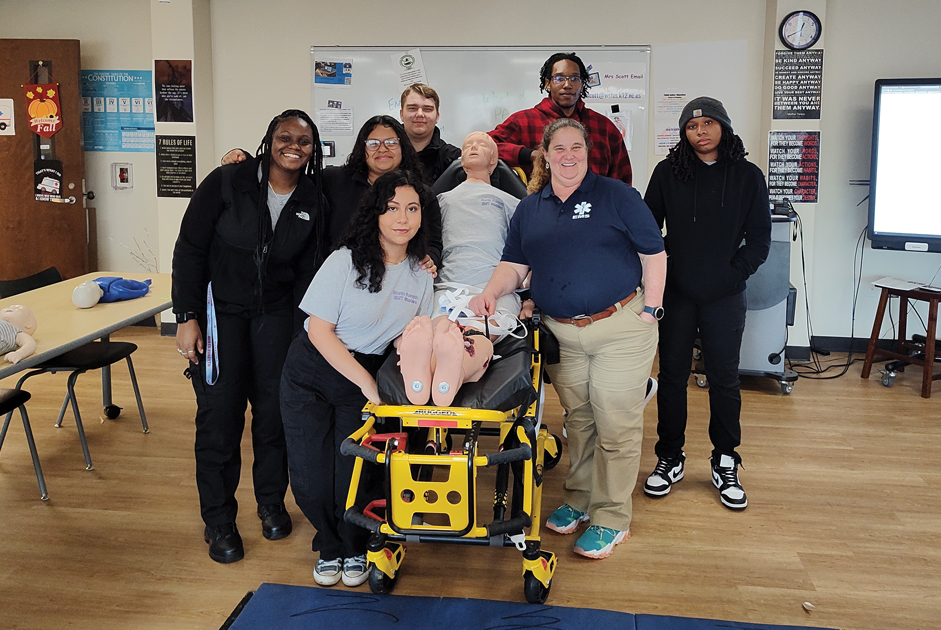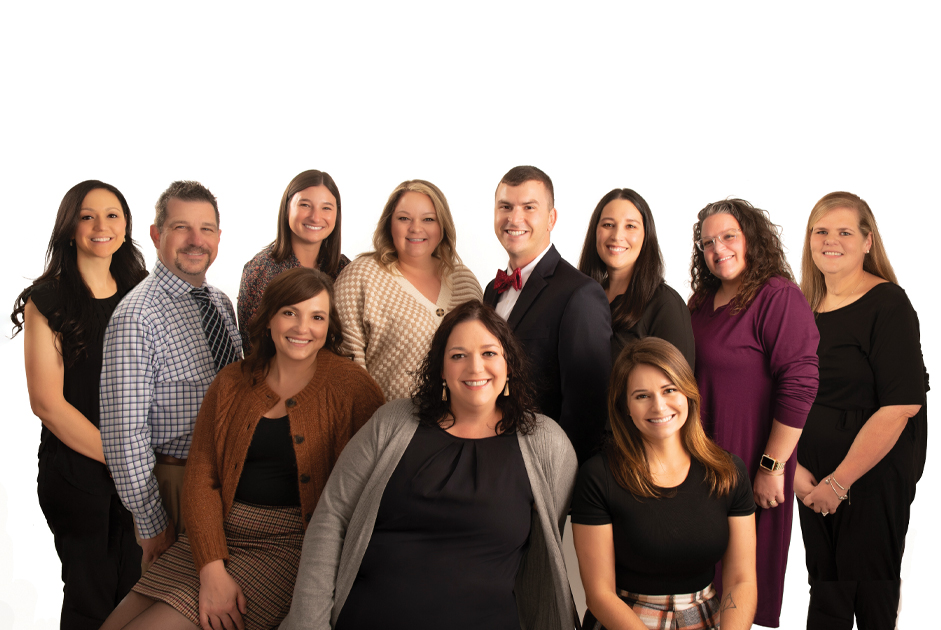Tonya Scott has always been a teacher who loves sharing her knowledge and expertise to help others live safe, healthy lives. At just 16, she began teaching swim lessons – something she continues to do today. As an adult, she chose a career in education in a high school setting as well as teaching community CPR classes.
“I love being able to teach others about the career I love and how to save a life,” said Tonya. “Helping people runs in my family. My father worked at a funeral home in the 60s and 70s when the funeral homes responded to accident scenes, sick people, etc. My great-grandmother took care of sick and injured people in her home. To follow in their footsteps, I became a lifeguard when I was 15. When I moved to NC, I worked with a girl who was in the paramedic program at Davidson County Community College. When she told me about the program, I was hooked. I enjoyed being outside and responding to emergencies, so becoming a paramedic seemed to be the best choice for me. I love being able to see people where they are. Doctors and nurses don’t make house calls, normally. They only know as much as the patient tells them about what is going on. I see them in the moment of their emergency, where it occurs. This can often allow for the patient to get more accurate help. Patients may be embarrassed or don’t think it is important to share certain things with their doctor, but we are able to see what they might not share.”
Tonya currently shares her passion for teaching with students at North Forsyth High School as an EMT teacher and HOSA Advisor. “EMT courses started in high schools across NC approximately eight years ago,” said Tonya. “The EMT class is offered at North Forsyth High School which is the only school in WSFCS to offer an EMT academy. The course is broken into two semesters. The first semester, students earn their EMR (Emergency Medical Responder) certification. This EMS certification allows students to perform CPR, use an AED, assess a patient, obtain vital signs and come up with which protocol to follow. The second-semester, students complete their EMT certification. Emergency Medical Technicians are able to give medications like ASA, Nitroglycerin, Narcan and Epinephrine. EMTs are able to put in blind insertion airway devices, place a patient on CPAP for severe breathing difficulty and are trained in childbirth and pediatric emergencies. We also learn about different cultures and how they respond to medical situations. Students also complete driver’s training and a clinical rotation during the second semester.”
Requirements to enroll in the course are to be a current senior who has successfully completed English 3, and it is helpful for those who have taken anatomy or health science 1 and 2. This is great for “highly motivated students who want a healthcare career that is fast-paced, multifaceted and allows them to work independently,” said Tonya. “There are six students who have gone on to a career in EMS or fire service after going through class. Those who were unable to obtain their certification have still learned valuable skills to help a loved one or friend. They have also made valuable friendships in class while working together on skills and assessments.”





















